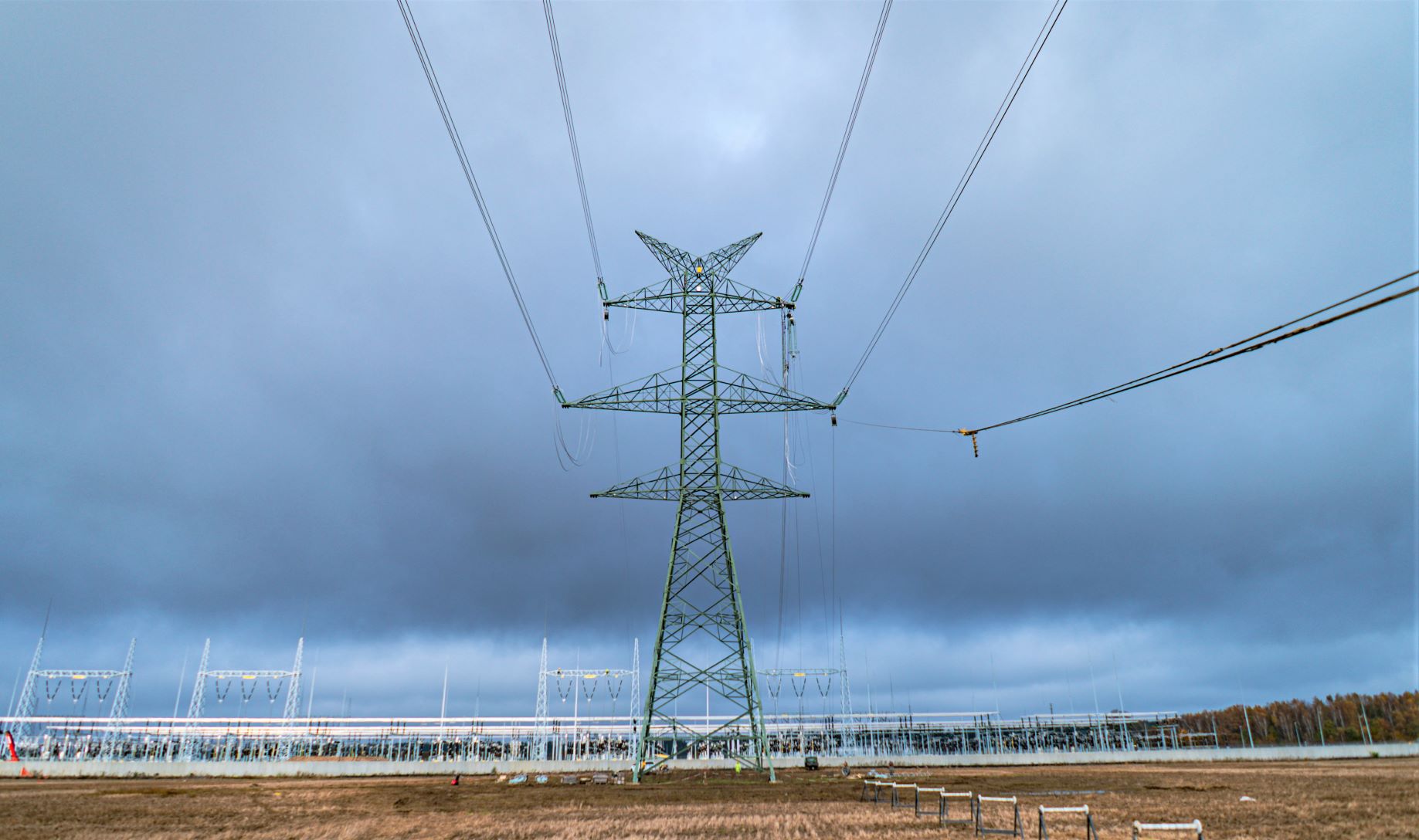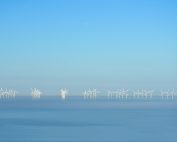On June 20th, the Swedish parliament approved the government’s proposal to amend the energy policy goal for the composition of electricity production from “100 percent renewable electricity production by 2040” to “100 percent fossil-free electricity production by 2040.” However, the majority of fossil fuels used in Sweden are outside the current electricity system. Sweden now needs a goal of achieving a 100 percent fossil-free energy system.
Together with the Tidö Agreement’s notification to plan for a minimum electricity demand of 300 terawatt-hours (TWh), today’s decision regarding a reformulated energy policy goal is a step in the right direction. However, it assumes that the need for at least a doubled electricity system is the driving force behind energy policy. If we are to meet our climate goals and maintain Swedish competitiveness, a goal of fossil freedom that encompasses the entire energy system, not just the electricity system, is what is truly needed.
The government has been clear in its commitment to the climate goal of net-zero greenhouse gas emissions by 2045. To achieve that goal, all use of fossil fuels must cease. The majority of fossil fuels used in Sweden are outside the electricity system but within the energy system. This means that fossil fuels within the transportation and industrial sectors must also be phased out. If the climate and energy policy goals are to be harmonized and aligned with the Paris Agreement, the energy policy goal should apply to the entire energy system, not just the electricity system.
Likely more than 300 TWh by 2045
Electrification connects the electricity and energy systems. In 2022, the electricity system accounted for just under 170 TWh, while the energy system accounted for a total of 550 TWh, with 128 TWh coming from fossil energy. The Tidö Agreement, which lays the foundation for the government’s policy, specifies that planning should be based on a minimum electricity demand of 300 TWh by 2045. This is likely too low a figure.
In the report “Joint Authority Follow-up of Society’s Electrification,” the Swedish Energy Agency, the Swedish Energy Markets Inspectorate, Svenska kraftnät, and the Swedish Transport Administration describe the progress of electrification.
Electricity consumption may increase from today’s approximately 140 terawatt-hours (TWh) to 370 TWh by 2045, but electricity consumption could already double by 2035, reaching 280 TWh. During the years leading up to 2030, the rate of expansion needs to be at 6 terawatt-hours (TWh) per year. By comparison, the average expansion rate for wind power is 5.5 TWh per year during the period 2020-2025. The rate of expansion needs to double from 2030 to 2035 to over 12 TWh per year. Between 2035 and 2045, electricity production needs to be expanded by 110 TWh. The goal of achieving a “100 percent fossil-free electricity system by 2040” has already been largely achieved. Such a goal formulation will not drive electrification – there needs to be a clear connection to the fact that the electricity system needs to at least double by 2045.
A goal of achieving a “100 percent fossil-free energy system by 2045” is ambitious and challenging. A prerequisite for reaching this goal is increasing electricity production from 170 TWh in 2022 to 280 TWh by 2035 and approximately 400 TWh by 2045.
Source: svenskvindenergi.org














